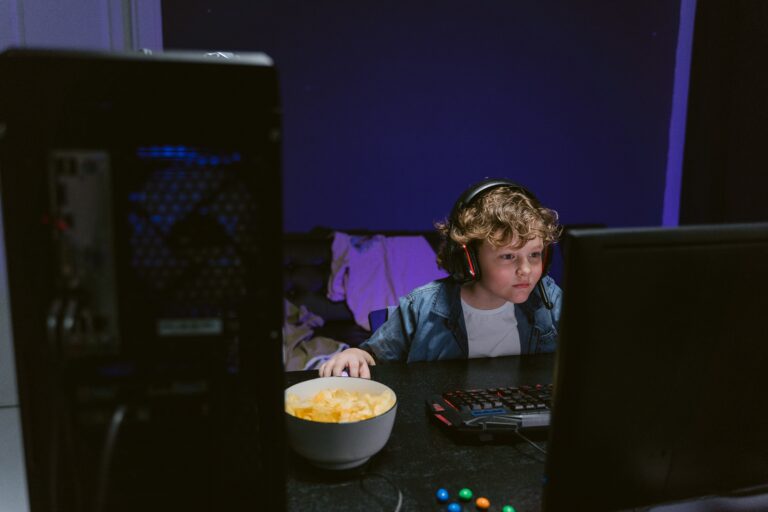In recent years, game-based learning has transformed the classroom experience. Along the way, it’s kept students more engaged and maximized the learning process.
Research echoes this sentiment.
One study from the Massachusetts Institute of Technology argues that game-based learning aids the development of “new cognitive abilities.” This includes “the ability to process information very quickly” and learn how to problem solve in a collaborative way.
Here are three additional ways gamification is improving student development:
Deepens Engagement
Whether it’s through Fortnite, Rocket League, or Minecraft, students hone valuable leadership, teamwork, and strategy skills that help them learn tools for navigating challenges, making informed decisions, and overcoming obstacles. This active engagement helps students develop a deeper understanding of subject matter in math, language arts, reading, and science as they apply concepts in practical scenarios and receive instant feedback.
Further, gamification fosters a collaborative environment because it encourages students to interact with their peers, share knowledge, and learn from one another.
Fosters Academic Progress and Higher Achievement
By introducing gaming elements such as challenges, levels, and rewards, game-based learning helps foster a sense of achievement and motivation among students of all grade levels and backgrounds. This motivation can drive them to more actively participate in classroom discussions and work harder to achieve a set goal.
Game-based learning simply captivates students’ attention by transforming the learning experience into an interactive and immersive journey. It leverages the innate desire for competition, exploration, and mastery.
Personalizes the Learning Process
By incorporating game mechanics—including leaderboards, badges, and tracking modules— students can experience a sense of accomplishment and satisfaction as they advance through their studies. Immediate feedback and real-time assessments help students identify areas they’re thriving in and areas that still need improvement.
This kind of interactive and dynamic learning environment can help students and parents more easily track progress and better associate learning with success.
****
It’s clear that game-based learning helps improve student engagement, supports learners in making connections between classwork and daily life, and strengthens academic outcomes. These are just three of the many reasons why gamification should be embraced and celebrated—in the classroom and beyond.





































